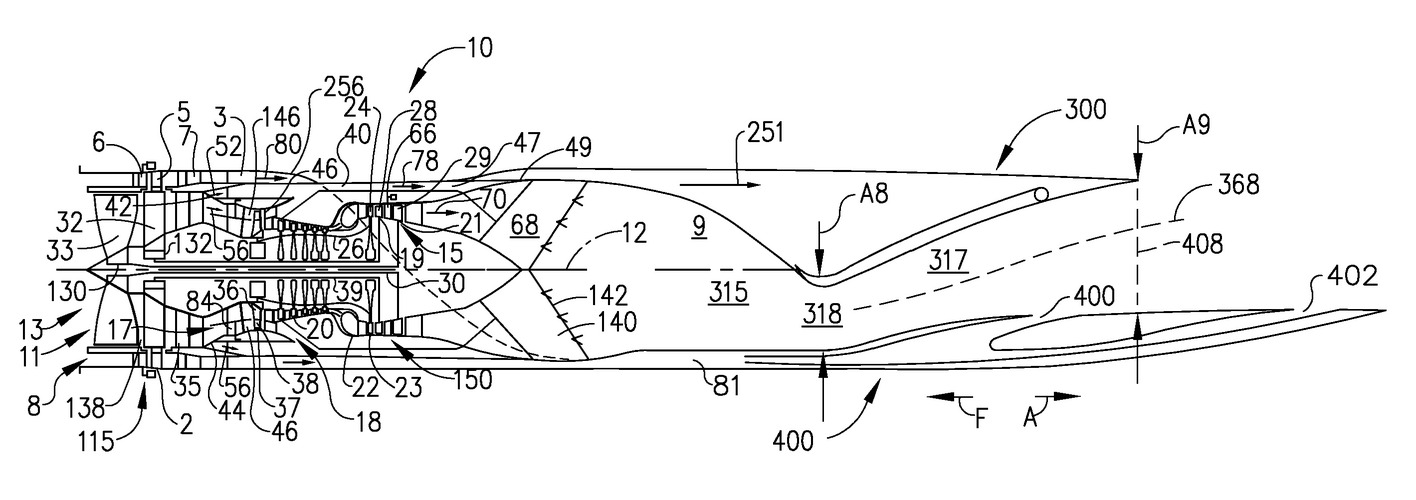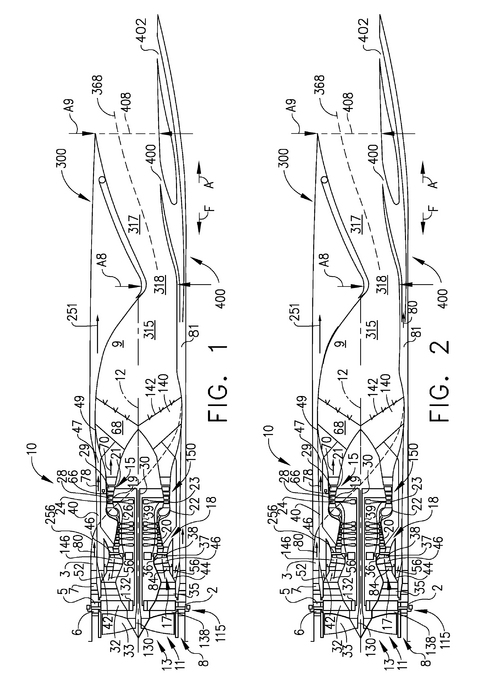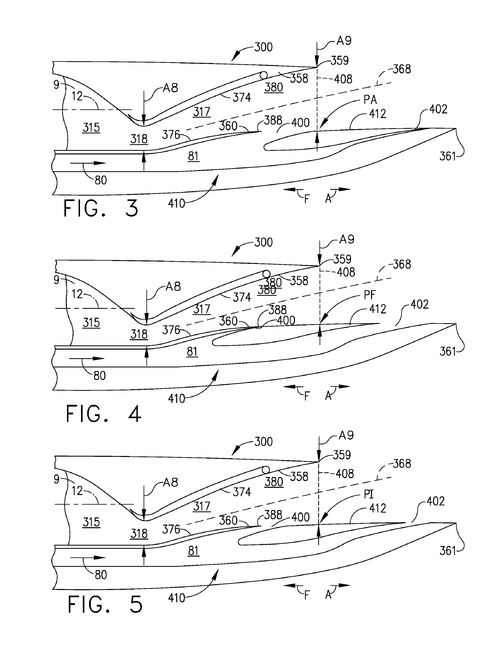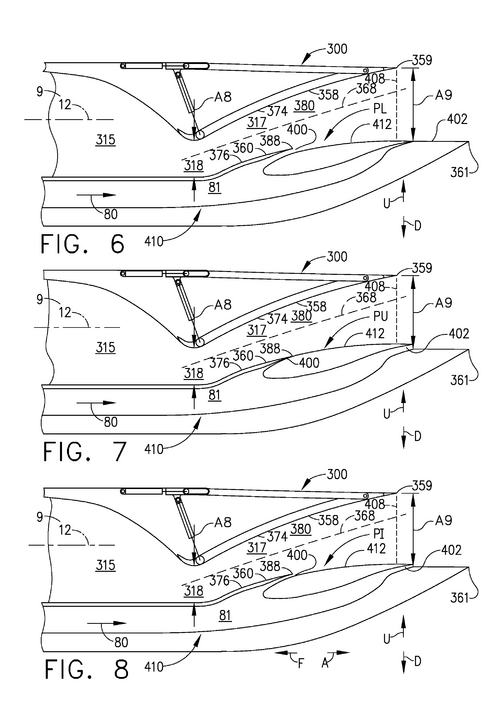On second thought maybe this is pretty easy.
Merge the USN and USAF NGAD programs.
Let carrier ops define the baseline specs.
Use as much F-35 stuff as possible including awarding GE a contract for an adaptive powerplant that will be backward compatible with A/C F-35 models.
Develop external weapons and tank pylons that can be jetistoned and restore a totally undisturbed surface for incoming EM emissions.
Develop an airframe with highly efficient high subsonic speed with low IR emissions but with excellent transonic and climb performance, even a the expense of a high top speed. Supercruise would be nice but not a dealbreaker.
Design capacious and thoughtful weapons bays that emphasize medium to very long range weapon sizes vs bespoke cubby holes for 9Xs or AMRAAMs.
Space for future power generation, cooling, sensors, etc
All in all design a new airframe and use as much currently existing tech to populate its innards, similar to B-21, which now that you look back on it, might have been the template for NGAD hiding in plane sight (haha) all along.
Develop a rapidly deployable EMALS and arrest system that can be deployed rapidly and integrate into the ACE deployment scheme.
Not sure the US can afford the cost of separate USN and USAF programs and unlike the F-35 and the STOVL requirement, NGAD might be a program where true efficiencies might be harvestable, especially if you can diversify the power plant benefits to the congressional boondoggle that is the F-35 (sorry marines, but you can still fly Cs off carriers). Plus, if the USAF is so worried about long run ways, perhaps approaching things like a naval aviator might actually be useful for future conops. But what do I know, I just write checks to the government and pay for stuff.











